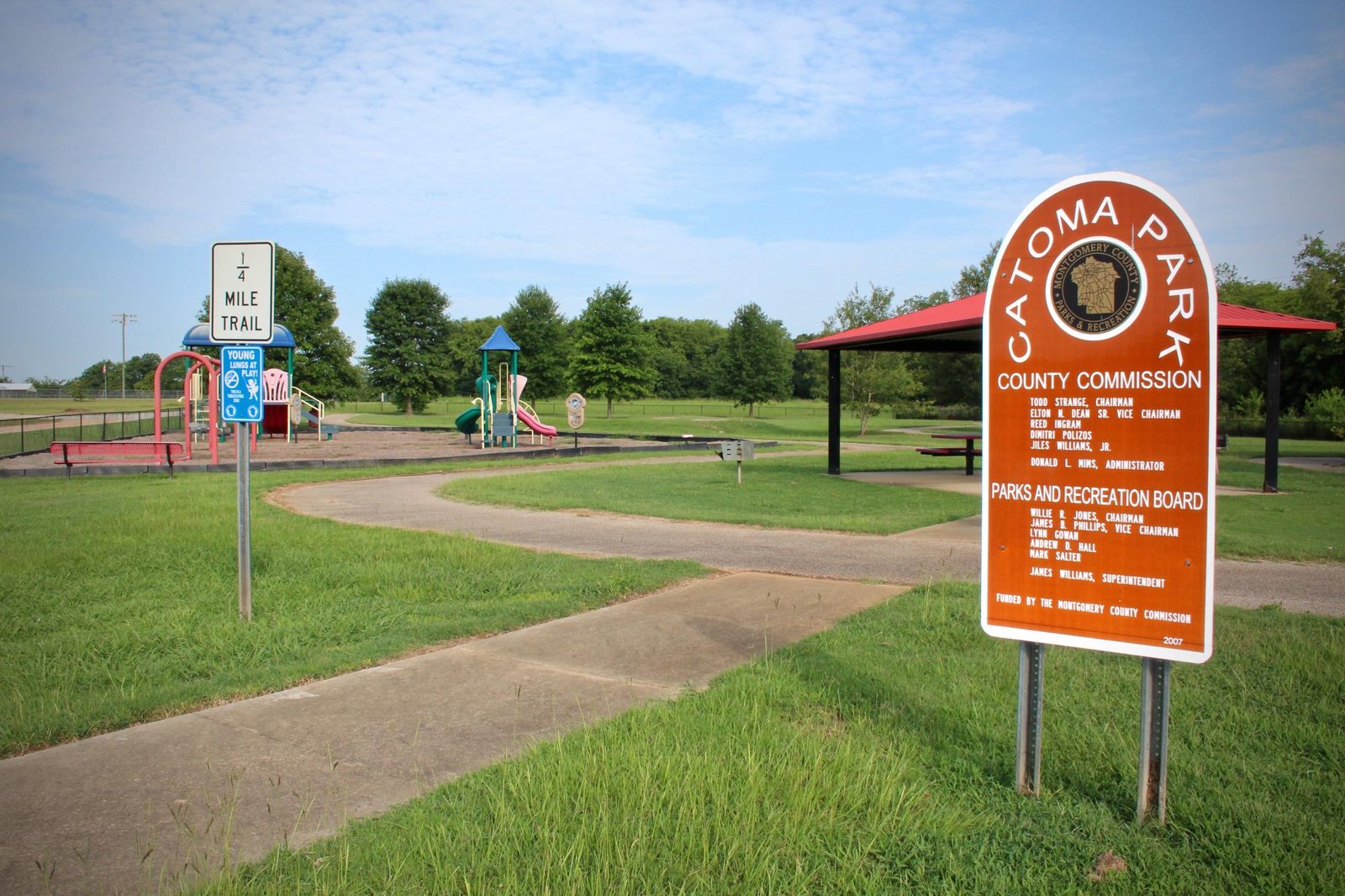Montgomery, the capital city of Alabama, is home to a variety of parks and outdoor spaces that offer residents and visitors ample opportunities for recreation, relaxation, and connecting with nature. From large urban parks to quaint neighborhood greenspaces, Montgomery’s parks contribute greatly to the city’s quality of life.
| Park Name | Main Features and Attractions |
|---|---|
| Oak Park | Largest park, recreational facilities, historical museums. |
| Lagoon Park | Lagoon with pedal boats, beach area, playgrounds, gardens. |
| Blount Cultural Park | Cultural heritage, museums, theater, Shakespeare festival. |
| Edwin L. Reed Sr. Park | Sports facilities, tournaments, Montgomery Tennis Center. |
| Eastdale Park | Family-friendly amenities, playground, splash pad, seasonal events. |
| F. Scott and Zelda Fitzgerald Museum | Jazz Age history, personal artifacts, historic home and garden. |
| Crater Park | Wilderness, military history, hiking, biking, historical trails. |
| Margaret Jemison Park | Scenic views, nature trail, fitness stations, botanical landscape. |
| Riverfront Park | River walks, historical panels, tranquil spots for river viewing. |
| Barry William Park and David L. Baker Golf Course | Athletics, watersports, golf course, boat launches. |
| Museum of Fine Arts | Outdoor gardens, courtyards, European-style landscapes, sculptures. |
| Wynton M. Blount Cultural Park | African and African American art, music, heritage, museums, memorials. |
With over 40 parks located throughout the area, there is a park for practically every interest and age group. Families can enjoy playgrounds and picnic facilities, while nature lovers can hit one of the many walking trails to spot local wildlife. Several parks also showcase Montgomery’s rich history and culture through historical landmarks and museums.
Keep reading to discover 12 of the best and most popular parks in Montgomery, Alabama. Each offers its own unique sights, activities, and amenities to enjoy during your next visit.
1. Oak Park

Name and Location: Oak Park is located at 709 W 15th St, Montgomery, AL 36107.
History and Significance: Oak Park has been a popular neighborhood park and recreation center in Montgomery since the early 1900s. Generations of residents have created memories at this historic park.
What to Expect: Visitors to Oak Park can enjoy green space, walking trails, sports facilities, and playgrounds. Amenities include a baseball field, tennis courts, basketball courts, a rec center, and a large oak tree.
Visitor Information: Oak Park is open daily from dawn till dusk for the public to enjoy free of charge. Some facilities like the rec center and baseball field require reservations.
Spanning over 300 acres in downtown Montgomery, Oak Park serves as the largest park within the city limits. It contains a wide range of facilities and attractions over its expansive grounds.
Visitors to Oak Park will find plenty of open green space for outdoor games and pick-up sports. Baseball and softball fields provide a spot for local teams to practice and compete. You can break a sweat on the park’s running track or several multipurpose sports courts.
Inside the Oak Park Recreation Center, people of all ages stay active with swimming, gym equipment, and scheduled fitness programs. Special events like concerts, races, and city festivals also frequently take place within the park.
For those looking to relax, Oak Park sets aside areas for picnicking and quiet reflection. Multiple walking paths wind through peaceful oak groves and gardens. The Dixie Baseball Museum and Rosa Parks Library and Museum also reside within the park grounds.
With its diverse recreational facilities and rich history, Oak Park serves as both an active urban greenspace and tranquil natural retreat in the heart of downtown Montgomery.
2. Lagoon Park

Name and Location: Lagoon Park is located at 3700 Norman Bridge Rd, Montgomery, AL 36110 next to the Montgomery Zoo.
History and Significance: Developed in the late 1920s, Lagoon Park has been a popular Montgomery attraction for decades, offering recreational opportunities centered around its scenic lagoon.
What to Expect: Visitors enjoy pedal boating, fishing, mini golf, picnic facilities, and train rides around the lagoon. Walking trails, gardens, an aquarium, and playground encircle the lagoon as well.
Visitor Information: Lagoon Park is open daily. Fees vary for activities and pedal boat/train rides. The park offers annual passes and seasonal family events too.
Resting near the edge of the Alabama River, Lagoon Park occupies over 90 acres filled with family fun and scenic natural beauty. It stands out as one of Montgomery’s most popular large parks.
At the heart of Lagoon Park is its namesake lagoon, filled with pedal boats and paddle boards available to rent by the hour. Visitors can tour the lagoon and spot turtles, fish, and other aquatic wildlife along the way. Surrounding the lagoon lies a white sand beach area for swimming, sunbathing, and beach volleyball.
For children, Lagoon Park features an elaborate jungle gym playground and mini amusement park. The Lolli Swirl Amusement Park contains mini bowling alleys, bungee jumps, bumper cars, tilt-a-whirl rides, and arcade games.
Nature lovers also frequent the park to walk the Alabama River boardwalk looking out over the river or wander the butterfly garden Blooming in different seasons, the garden contains flowering plants which attract vibrant butterflies.
With its lagoon, beach, playgrounds, and gardens, Lagoon Park offers lively entertainment the whole family can enjoy.
3. Blount Cultural Park
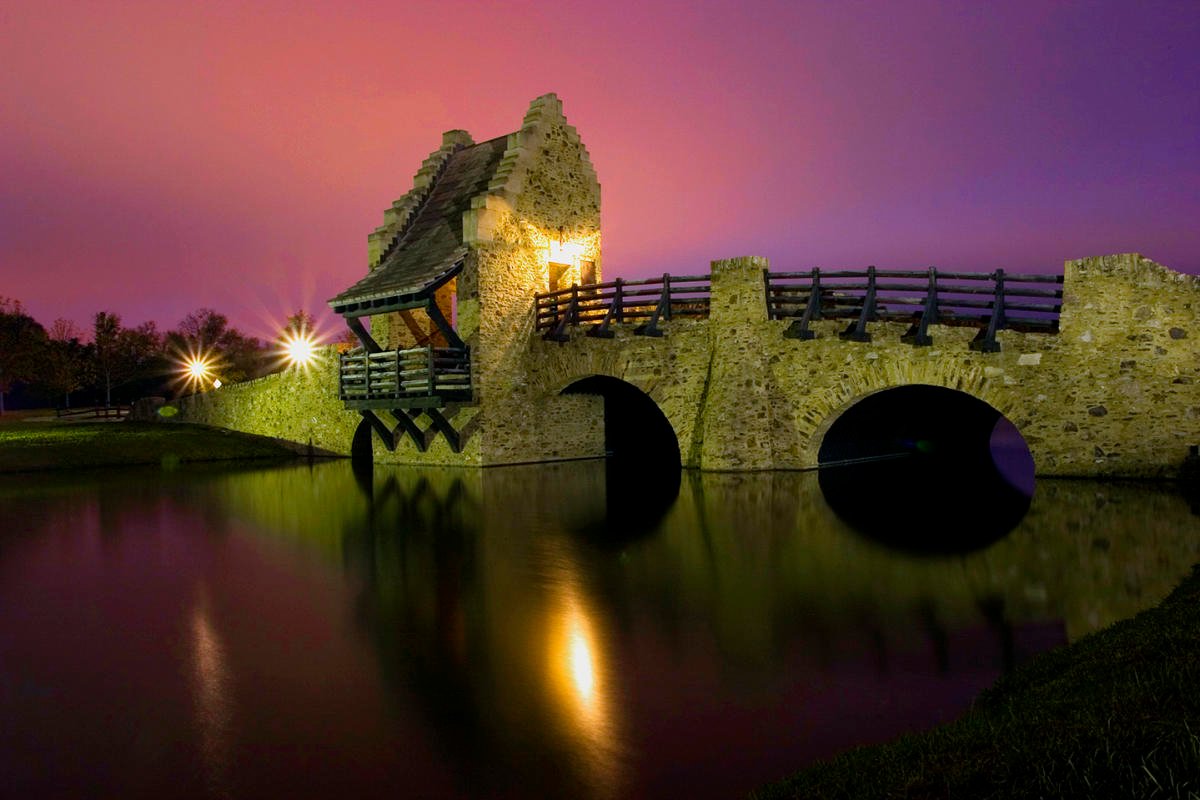
Name and Location: Blount Cultural Park is located at 445 S Lawrence St, Montgomery, AL 36104.
History and Significance: Dedicated in 1985, this park transformed a former industrial site into a vibrant cultural center, restoring green space to the community with an amphitheater, gardens and facilities focused on cultural exchange.
What to Expect: Visitors enjoy concerts, drama and dance performances at the amphitheater, cultural festivals in the gardens, art classes and exhibitions at the arts center along with community gatherings.
Visitor Information: Most of Blount Cultural Park’s facilities and events are open to the public, some requiring paid entry. Visitors can access schedules and details on the City of Montgomery parks website.
Located in the heart of Montgomery’s historic district, Blount Cultural Park encompasses 80 acres highlighting Alabama’s cultural heritage. As a former plantation estate, the grounds and various landmarks showcase elements of 19th century Southern life and African American history.
The park welcomes visitors to take self-guided or guided walking tours past old plantation homes and slave quarters. The Allen-Benson-Schutz House Museum provides insight into cotton plantation living prior to the Civil War. Guests can also view arts and crafts exhibits at The Gallery or performances at the outdoor Garden Stage Theater.
Blount Cultural Park most famously contains the Alabama Shakespeare Festival. This professional theater company performs classical plays and musicals annually inside the state-of-the-art Carolyn Blount Theatre. Special events also occur in the park surrounding productions.
For recreation, Blount Cultural Park provides large grassy fields, walking trails, and tennis courts. The playground and interactive water fountain entertain kids visiting the park. Quiet picnic spots under shady oaks create space for relaxing or enjoying a packed lunch.
Whether you’re a history buff, arts lover, or family seeking outdoor fun, Blount Cultural Park offers something for all interests. Its vibrant performance venues, museums, and recreational amenities make it both an educational and entertaining public space.
4. Edwin L. Reed Sr. Park

Name and Location: Edwin L. Reed Sr. Park is located at 2720 Tuskegee Street, Montgomery, AL 36107.
History and Significance: Named for local education pioneer Edwin L. Reed Sr. in 2002, this neighborhood park provides important green recreational space for the surrounding community.
What to Expect: This pocket park features picnic facilities, a playground, basketball court and large open field for visitors to enjoy. Community gatherings take place here too.
Visitor Information: Edwin L. Reed Sr. Park is freely open to the public daily from dawn till dusk as a community space operated by the City of Montgomery Parks Department.
Brimming with sports facilities, Edwin L. Reed Sr. Park spans 40 acres as a hub for athletic activities and events. Baseball and softball tournaments frequently fill the park’s 10 athletic fields specifically designed for competition.
When not reserved for league play, locals utilize Reed Park to practice baseball, softball, football, soccer, and more on the expansive open fields. Basketball players can shoot hoops on one of 6 courts, while tennis players rally on 6 hard-surface courts. The park also contains a playground and large picnic pavilion.
Surrounding the Montgomery Tennis Center, the complex contains 24 tennis courts with lighting for evening matches and tournaments. It hosts numerous regional and state tennis events each year. Advanced players can also enroll at the tennis center for lessons from certified instructors.
For those looking to cool down after working up a sweat, Reed Park provides a large public pool for open swimming throughout summer. With plentiful courts, fields, training facilities, and picnic spaces, Edwin L. Reed Sr. Park serves as a prime spot for both casual and competitive athletes.
5. Eastdale Park

Name and Location: Eastdale Park is located at 700 Ashland Ave. Montgomery, AL 36117.
History and Significance: Developed in the 1950s, Eastdale Park has long provided green recreational space for Montgomery’s eastern neighborhoods and continues serving community recreation needs.
What to Expect: Eastdale Park spans 14 acres with athletic courts and fields, playgrounds, walking trails, picnic facilities, and restrooms for visitors to enjoy. Seasonal sports programs take place here.
Visitor Information: Eastdale Park is freely open to the public daily from sunrise to sunset, operated by Montgomery Parks & Recreation. Some facilities can be reserved.
Resting on 15 acres in east Montgomery, Eastdale Park welcomes families and youth groups with plenty of amenities for all-ages fun. Kids can climb, slide, and swing on the large, colorful playground resembling a medieval castle. Nearby, a splash pad with shooting water jets and dumping buckets provides hours of wet adventures during hot weather.
When not on the playground or cooling off in the splash pad, younger visitors can pedal around the park roads on youth-sized bicycles available for rent. Basketball and tennis players can join pickup games on one of 4 courts each. Those looking to relax can unpack a lunch to eat at one of 100 picnic tables and grills situated throughout the park.
Special seasonal events also draw crowds to Eastdale Park. In spring, guests decorate bicycles and join a flowery parade celebrating the Easter holiday. Fall brings hayrides and campfires inviting families to toast marshmallows under the stars. With diverse facilities and year-round programming, Eastdale Park creates memorable outdoor experiences for Montgomery families.
6. F. Scott and Zelda Fitzgerald Museum

Name and Location: The F. Scott and Zelda Fitzgerald Museum is located at 919 Felder Ave, Montgomery, AL 36106.
History and Significance: This museum occupies the historic home where famed novelist F. Scott Fitzgerald lived as a child over a century ago. Dedicated in 1988, it celebrates his enduring literary legacy.
What to Expect: Visitors can tour the historic house, see period furnishings and exhibits of Fitzgerald memorabilia including first edition novels and Zelda’s artworks. The museum captures the Jazz Age story.
Visitor Information: The F. Scott and Zelda Fitzgerald Museum offers guided public tours Wednesday-Sunday. Admission fees apply, with discounts for seniors and students. Private group tours can also be booked.
Paying homage to Montgomery’s famous former residents, F. Scott and Zelda Fitzgerald Museum lets visitors step back in time to the Jazz Age South. The museum lies on the ground of a former residence belonging to Zelda Fitzgerald’s family in downtown Montgomery.
Inside the historic home, the former ballroom showcases first edition novels, personal artifacts, and multimedia exhibits highlighting the lives of novelist F. Scott Fitzgerald and his wife. Memorabilia traces the couple’s rise to fame, battle with mental illness, and literary influence in early 20th century America.
Guests can venture upstairs to view a 1918 apartment similar to where the young New York couple once lived. Amidst an exposed brick chimney, cozy dining space, and vintage decor, one can envision the Fitzgeralds’ bohemian lifestyle.
Outside the home, the museum gardens contain interpretive panels describing Montgomery society during the post-WWI era. Park benches create space for reading or quiet contemplation under shady trees. With its historic house displays and charming grounds, the F. Scott and Zelda Fitzgerald Museum offers an intimate look into the couple’s turbulent yet glamorous lives.
7. Crater Park
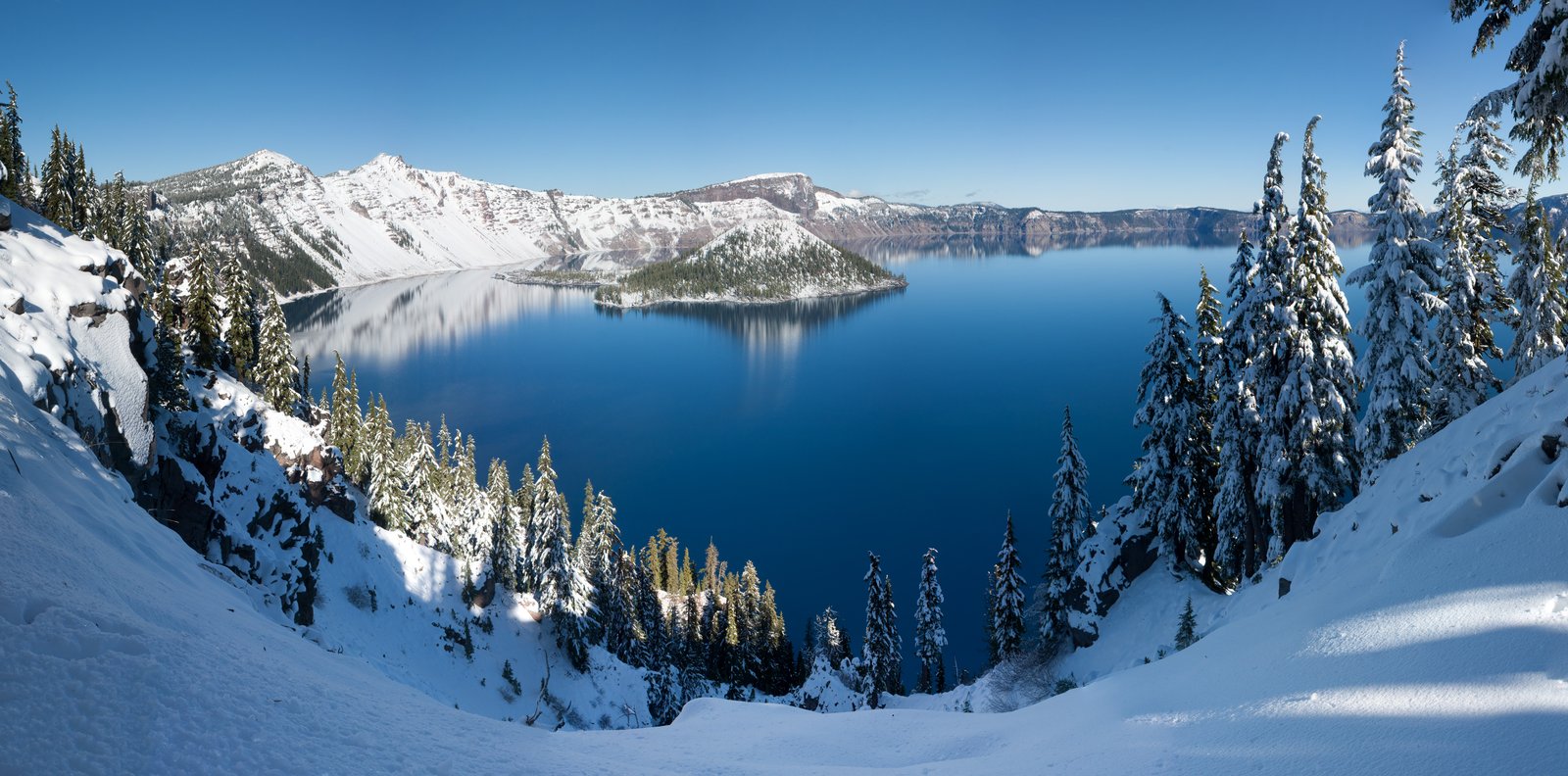
Name and Location: Crater Park is located at 401 N McDonough St, Montgomery, AL 36104.
History and Significance: Originally limestone quarries, this area was turned into a public park in the 1950s, nicknamed “Crater Park” for the quarry appearance. It hosts community events.
What to Expect: Visitors will find open green space for recreation, a large pavilion for events, and monthly outdoor markets featuring local artists and craft vendors selling wares.
Visitor Information: Crater Park is freely open to the public daily. Some facilities can be reserved through the City of Montgomery for certain events permitting required.
Nestled at the base of Montgomery’s highest point, Mount Crater, Crater Park delivers scenic wilderness and rich military history within city limits. Encompassing over 50 acres of forested hills and valleys, the park provides opportunities for hiking, mountain biking, and connecting with nature just minutes from downtown.
Miles of wooded trails and old logging roads wind through Crater Park past Civil War-era fortifications and earthwork trenches. Hikers can view the remains of breastworks, bomb shelters, and supply huts used by Confederate forces during the 1860s. Interpretive signs describe various structures and their role protecting south Montgomery.
In addition to historic landmarks, the park’s forested landscape contains diverse wildlife. Deer, squirrels, and red-tailed hawks all frequently appear along wooded trails. Wild azaleas, dogwood trees, and purple coneflowers also bloom across the terrain. With both cultural heritage and natural beauty on display, Crater Park delivers outdoor adventures unique to central Alabama.
8. Margaret Jemison Park

Name and Location: Margaret Jemison Park is located at 100 E Commerce St, Montgomery, AL 36104 along the Alabama River.
History and Significance: Dedicated in 1986, this downtown riverfront park honors the legacy of civil rights pioneer Margaret Jemison and provides public green space with its mile-long promenade.
What to Expect: Visitors enjoy river views along with a performance pavilion, fountain plaza, boat landings and various historical markers and monuments that convey stories of the past.
Visitor Information: Jemison Park is freely open daily with public parking available. Some monuments and facilities can be reserved through the City for events requiring permits.
Formerly known as Goat Hill Park, Margaret Jemison Park rests on a high bluff overlooking downtown Montgomery up to the State Capitol building. Its small but scenic grounds create space for enjoying panoramic city skyline views.
Outdoor enthusiasts specifically frequent Jemison Park for its 1.3-mile woodchip loop trail perfect for walking, running, and enjoying vibrant seasonal foliage. Fitness stations along the trail allow visitors to stop and perform bodyweight exercises.
The park also contains artistic metal benches, rock garden features, and interpretive panels describing Montgomery’s botanical landscape. From native wildflowers to municipal gardens, the panels illustrate the city’s diverse flora.
While small in size at just 10 acres, Margaret Jemison Park’s elevated location and nature trail make it a popular spot for Fitness and leisure. Its looping path invites visitors to exercise both their bodies and appreciation for Montgomery’s natural beauty surrounding them.
9. Riverfront Park

Name and Location: Riverfront Park is located at 355 Commerce St, Montgomery, AL 36104 along the Alabama River.
History and Significance: Established in the mid 1850s, Riverfront Park is Montgomery’s oldest park, located in the historic downtown district. For over 160 years it’s been an iconic spot for recreation and city events.
What to Expect: Visitors enjoy walking paths, landmarks, arts fountains, a brand new performance amphitheater and scenic river views. Various festivals and events are hosted here year-round as well.
Visitor Information: Riverfront Park is open daily with ample adjacent public parking areas in downtown Montgomery. Some facilities and areas can be rented through the city for permitted events.
Running parallel to the Alabama River’s eastern bank, Riverfront Park strings together open lawns, pedestrian paths, and quiet spots for watching river activity. Visitors primarily frequent the narrow 20-acre park to enjoy relaxing strolls along the riverfront.
Linked walkways connect three distinct zones within Riverfront Park. The upper Riverwalk Trail features the glass Guardian Glass Art Pavilion with space for public art displays. North Riverfront Park contains an open courtyard, spirited playground, and views across the river. Farther south lies Tuskegee Bend recognizing the former trading post used by Native Americans.
Each segment of Riverfront Park contains interpretive panels describing Montgomery’s early settlement and relationship with its lifeline – the Alabama River. Paths meander under shady trees perfect for escaping the summer heat. Park goers also use the open lawns and courtyards to read, picnic, or fly kites against vibrant blue skies.
While lacking many bells and whistles of larger parks, Riverfront Park impresses visitors with its rich history and front porch views of the Alabama River rolling gently by. Its pedestrian paths urge mindfulness and appreciation of Montgomery’s diverse cultural landscape.
10. Barry William Park and David L. Baker Golf Course
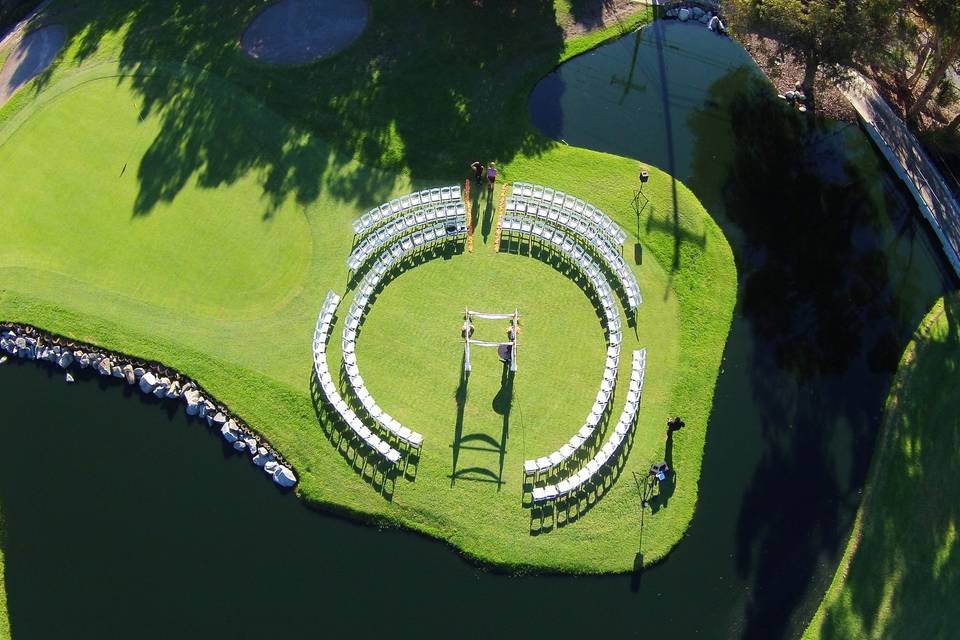
Name and Location: Barry William Park and David L. Baker Golf Course is found at 1000 Barry Street W. Montgomery, AL. 36117.
History and Significance: Dedicated in 1994, this 150-acre park combines open green recreational space and an 18-hole public golf course, operated by the City of Montgomery to meet community recreation needs.
What to Expect: Along with golf facilities, visitors enjoy playgrounds, walking trails, sports fields and tennis courts at Barry William Park. The clubhouse includes event space.
Visitor Information: Barry William Park is open daily 5am-9pm with seasonal hours at its golf course and cafe. Golf course fees apply. Reservations can be made for certain facilities.
Offering recreational amenities both on land and in water, Barry William Park rests on nearly 50 acres adjacent to scenic Halawakee Creek. It contains ample open space for active games and sports along with access to small watercraft launches into the creek.
Along with large mowed lawns for pickup soccer or football, Barry William Park houses the David L. Baker public 9 hole golf course. The short course allows new and seasoned golfers to practice their swing surrounded by Halawakee Creek and small wetland areas. Golfers can bring their own equipment or rent clubs at the clubhouse.
Small boat and kayak launches also provide opportunities for canoeing and fishing on Halawakee Creek. Fishermen can try catching bass, bluegill, catfish, and red-ear sunfish right from shore. Guided boat tours even utilize the launch to explore deeper into the creek highlighting native wetland plants and wildlife.
With both athletics and watersports covered, Barry William Park invites visitors to raise their heart rate on land before cooling off with creekside recreation. Its scenic grounds immerse guests in the natural beauty of central Alabama’s forests, meadows.
11. Museum of Fine Arts
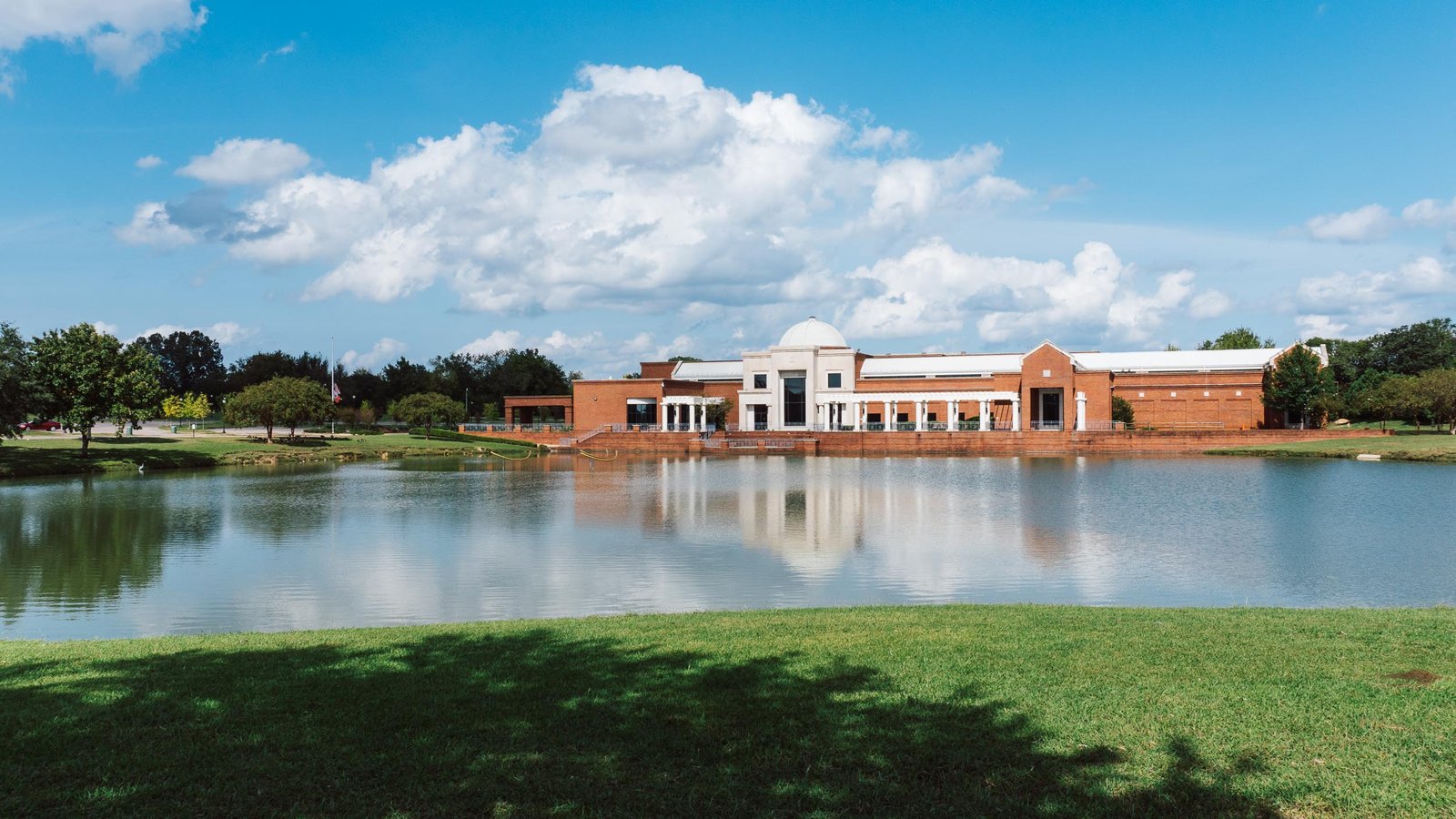
Name and Location: Montgomery Museum of Fine Arts located at 1 Museum Dr, Montgomery, AL 36117.
History and Significance: Founded in 1930, the MMFA contains the state’s largest fine arts collection and hosts traveling exhibits from renowned museums, carrying out its mission to connect community and culture.
What to Expect: The MMFA offers European & American art ranging from contemporary to indigenous works and an interactive art education center. Seasonal lectures, classes and events occur as well.
Visitor Information: The Museum is open Tues-Sat with admission fees applying. Memberships, group rates and free days are available. Programs and events can be found on their website calendar.
Although not a traditional park space, the Museum of Fine Arts in downtown Montgomery does contain gorgeous outdoor gardens and courtyards open to the public. Visitors flock to the museum grounds to enjoy European-style landscapes and eye-catching works of art.
Passing under a vine-covered arbor, guests enter into the Four Seasons Garden spotlighting vibrant floral designs. Spring blooms explode with color from tulips, hydrangeas, coreopsis, and other vivid perennials carefully arranged throughout the space. The nearby Asian Garden flows around a sparkling wishing fountain imported from China.
Various marble and bronze sculptures stand on display in the museum’s courtyards and surrounding Parkway grounds. Famous names like Frederic Remington and Pierre-Auguste Renoir appear among the curated collection accenting the landscape. Patrons can borrow a Discovery Cart from the museum filled with hands-on activities or sketching supplies for interpreting the outdoor artwork.
In many ways, the manicured Museum of Fine Arts grounds themselves stand as living works of art for visitors to admire and interpret through interactive experiences. The blend of nature and artwork make it one of Montgomery’s most picturesque museum campuses.
12. Wynton M. Blount Cultural Park

Name and Location: The Wynton M. Blount Cultural Park is located at 465 S Lawrence St, Montgomery, AL 36104.
History and Significance: Dedicated in 1985, this park transformed a former industrial site into a vibrant cultural center, restoring green space with an amphitheater, gardens and facilities focused on cultural exchange.
What to Expect: Visitors enjoy concerts, performances, cultural festivals and exhibits along with community gatherings in the spacious park facilities year-round. There are also Sunday cultural markets.
Visitor Information: Most of Blount Cultural Park’s facilities and events are open to the public, some requiring paid entry. Visitors can access schedules and details on the City parks website.
Occupying over 50 acres near Alabama State University, Wynton M. Blount Cultural Park celebrates African and African American art, music, and heritage. Its museums, theaters, and memorials aim to educate visitors on the region’s diverse traditions and racial history.
The park contains two acclaimed museums – the Tullibody Southern Music Hall Fame and the Alabama Center for African American Heritage. Together they showcase local music celebrities and preserve folk art crafts alongside slave relics and civil rights artifacts.
Outdoor memorials also testify to Montgomery’s complex racial past. Sculptures honor victims of lynching while the Civil Rights Memorial remembers those killed during the 1960s movement. Nearby Freedom Rides Museum documents the first activist bus journeys into the Deep South.
Annual festivals also utilize Wynton Blount Cultural Park’s Heritage Stage and open lawn to host musical performances, storytelling events, and guest lectures further exploring African American culture. From the halls of its museums to festivals under sunny skies, the park provides meaningful opportunities to celebrate Montgomery’s diverse heritage.
Conclusion
This diverse collection of parks across Montgomery provides plenty of recreation, adventure, and sightseeing for visitors of all ages and interests. Families can spread out picnic blankets beneath the summer sun or let kids roam free on elaborate playgrounds. Nature lovers and outdoor enthusiasts find refuge on miles of walking trails under shady canopies. Even history buffs gain insight into Alabama’s storied past through preserved museums and memorials.
Next time you’re exploring Alabama’s capital city, add a few of these top parks to your area itinerary. Each promises a uniquely enjoyable and memorable experience amid Montgomery’s vibrant landscape. Just don’t be surprised if one visit leaves you eager to return once more!

